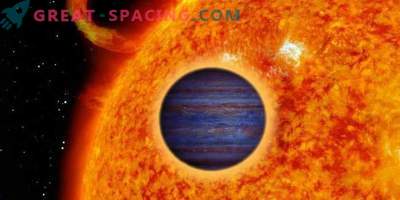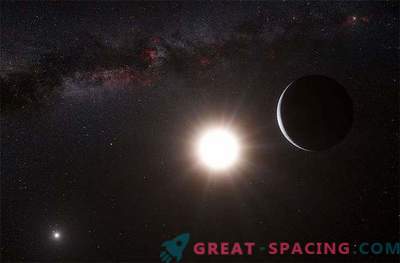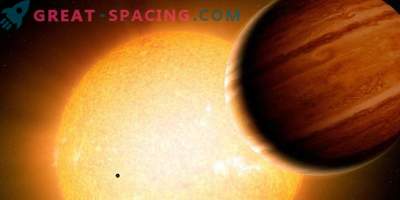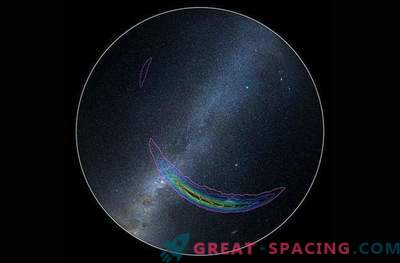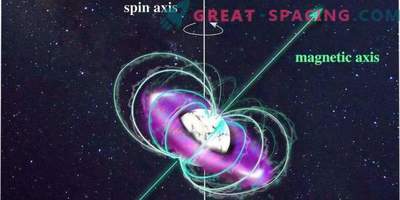
With the help of the Very Large Telescope, European astronomers were able to find the M-dwarf near the EPIC star 206011496. The object found is 60% inferior to the solar massiveness and limited to the primary star.
EPIC 206011496 is a star with a solar mass and a radius of 0.92 solar. The effective temperature reaches 5400 K, and the luminosity is 0.64 from the solar. However, many of the parameters of the object remain uncertain, including age and distance to Earth. Perhaps this is a young star (76 million years) or a developed object (2.4 billion years). The distance is more complicated, as it can be remote for 753 light years or 300 light years.
EPIC 206011496 was found using the NASA Kepler spacecraft in an exoplanet hunting mission (period of operation K2). Recently, researchers conducted direct visual observations of the star and five other K2 targets, demonstrating potential exoplanetary transits, using the SPHERE instrument on the Very Large Telescope (Chile).
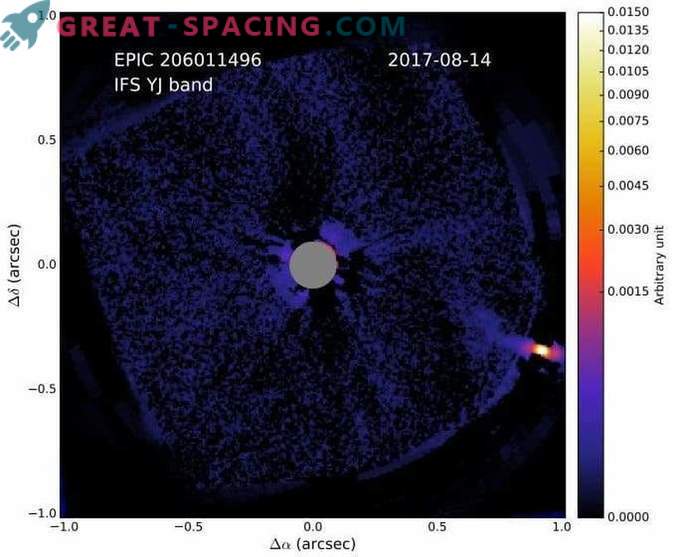
EPIC images 206011496, obtained using the TLOCI algorithm. The central gray disk is a coronagraph. EPIC 206011496 B is clearly visible at the bottom right It turned out that EPIC 206011496 is a double star, where the second satellite acts as an M-dwarf. However, it is not known whether transit is observed on the primary or secondary star. The researchers received a sample of 6 stars, where the most promising planetary candidates like the Earth and Neptune are located, the nature of which has not been fully confirmed.
The star found was called EPIC 206011496 V. Its spectral type is M4-7, the mass is 0.38 solar, and the radius is 0.12-0.26 solar. The star is distant from EPIC 206011496 A at 140 a. e., which means the orbital period of the dwarf is close to 7000 years. It is difficult to talk about the exact size of an exoplanet, since it is unclear which of the two stars it passes in front of. If this is the main star, then the planet will be 1.6 times larger than the Earth. If we are talking about a dwarf, then it is 2.17 or even 2.37 times more.




